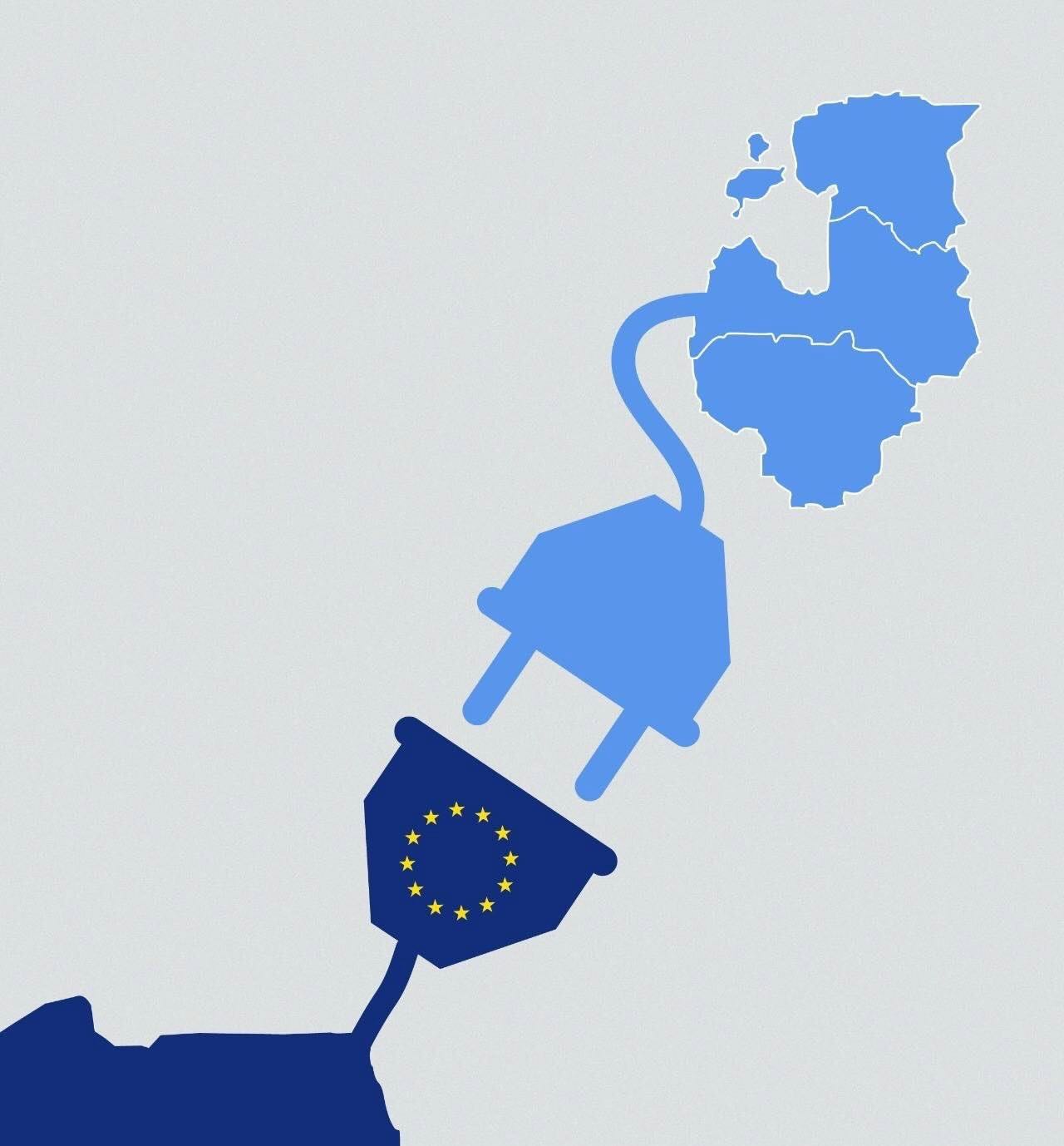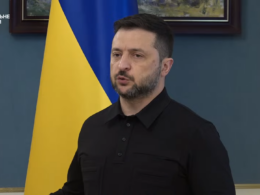On 8 February, the Baltic states have successfully disconnected from the Russian electricity system, reducing their reliance on the Soviet-designed network that continued to serve the interests of Russia and Belarus.
This move represents the culmination of efforts dating back to 2007, when Baltic transmission operators first applied to join the continental European networks. While the Baltic states had already stopped purchasing Russian and Belarusian electricity years ago, they remained connected to the Moscow-controlled Instant Power Supply and Uninterruptible Power Supply system.
According to former Lithuanian Prime Minister Ingrida Šimonytė, this transition eliminates "the last, sad remaining connection from our past that was still partially managed by people in Moscow,” Politico reports.
Lithuanian Energy Minister Žygimantas Vaičiūnas confirmed that at 9:09 a.m on Saturday, Lithuania, Latvia, and Estonia cut ties with the Russian and Belarusian power systems, transitioning to an isolated operating mode before joining the continental European network, according to LRT.
The Baltic nations, which joined the EU two decades ago, will complete their transition by connecting to the European power system on 9 February, following a one-day isolation period to test their grid independence. They will merge their power system with the Continental European and Nordic grids through links with Finland, Sweden, and Poland.
The physical dismantling of connection wires with Russia and Belarus is planned for the end of February.
During the transition, the Baltic power system will rely on a mix of local sources, including solar, wind, hydroelectric, and thermal power plants. This integration, for example, also supports Lithuania's renewable energy goals, including plans to achieve 45% renewable energy by 2030 and develop offshore wind projects with 2-3 gigawatts of potential capacity.
The transition has faced challenges, including a disinformation campaign that attempted to create panic among residents. Politico reports that leaflets printed in Russian appeared in apartment buildings across the region, falsely warning of impending power outages and urging people to stock up on candles.
The switch may pose challenges for Russia's Kaliningrad exclave, which has historically relied on the Baltic grid for electricity imports. While Moscow maintains that the region can be self-sufficient, questions remain about its ability to meet power demands independently.
Šimonytė noted that Kaliningrad still depends on gas transit through Lithuanian territory for power generation, stating "for them, this is an issue — can they function like an island?"
Following Russia's full-scale invasion of Ukraine, commercial contracts were terminated, leading to a threefold decrease in Russian electricity imports to the Baltics, from 10 terawatt-hours to 3.3 terawatt-hours between February and December 2022.
The Baltic states have eliminated what was previously a potential leverage point for Russian economic pressure, transitioning to a market where they can buy and sell electricity on equal terms with EU partners.
Russian independent economists estimate that electricity trade with the Baltics and Poland generated approximately $200 million annually in 2021. While this figure is relatively small compared to losses from Western sanctions in the oil and gas sectors, the disconnection eliminates a historical tool of regional influence, where Russia previously used maintenance schedules and transit tariffs as leverage.
Related:
- The Telegraph: If frozen Russian assets don’t go to Ukraine, Europe will face migration crisis and attack on the Baltics
- “Empire is over”: Boris Johnson tells Putin to accept end of Russian Empire in Baltics, Ukraine
- “Not if, but when”: NATO prepares for Russian attack on Finland, Baltics and Norway
- Russian GRU’s sabotage recruitment in Baltics exposed by journalists





